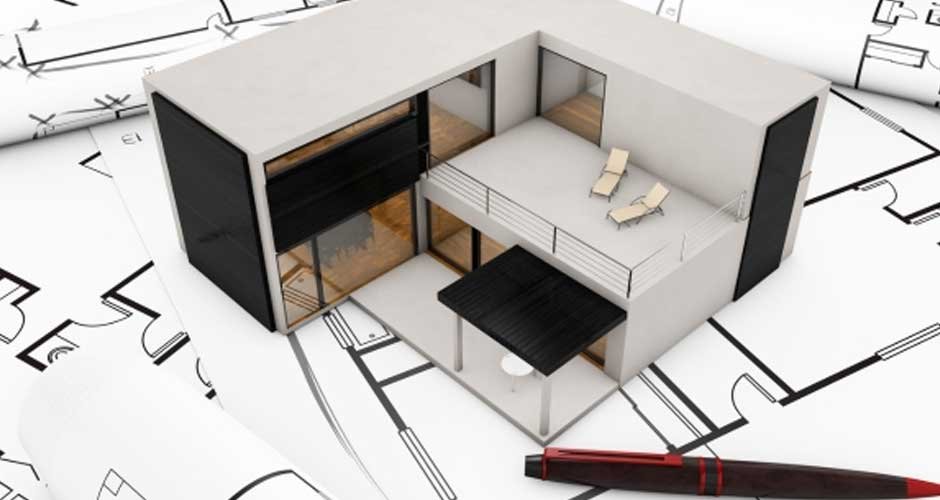Embarking on a home construction project, the design-build approach offers an efficient alternative to traditional methods. By integrating design and construction under one entity, homeowners benefit from streamlined communication, reduced costs, and faster completion. This collaborative model fosters innovation and accountability, making the process more seamless and less stressful.
What Is Design-Build?
Design-build is an innovative construction approach where a single entity, known as the design-build team, handles both the design and construction phases of a project. This method contrasts with traditional construction models where the design and construction are managed by separate entities. The design-build process fosters collaboration and integration, leading to a more streamlined and efficient project delivery.
How Does Design-Build Construction Differ from Traditional Approaches and Why Has it Taken Off?
In traditional construction, homeowners first hire an architect to design their project and then a contractor to build it. This separation can lead to communication breakdowns, increased costs, and extended timelines. In contrast, the design-build model integrates these roles, ensuring better communication, faster project completion, and often lower costs. The design-build approach has gained popularity due to its ability to provide a single point of responsibility, enhancing accountability and reducing conflicts.
Benefits of the Design-Build Construction Approach
Reduced Costs
One of the significant benefits of the design-build approach is cost reduction. Since the design and construction teams work together from the project’s inception, potential issues are identified early, reducing costly changes and rework. Additionally, having a single contract for both design and construction often results in more competitive pricing.
Increased Project Speed
The integration of design and construction phases allows for a more efficient timeline. Design-build teams can start construction work before the entire design is finalized, significantly reducing the overall project duration. This overlap of phases, known as “fast-tracking,” ensures that projects are completed quicker than with traditional methods.
Reduced Risk
With design-build, there is a single point of responsibility, which means less risk for the homeowner. The design-build team is accountable for both design and construction, leading to fewer disputes and a more seamless process. This integration ensures that any issues that arise are resolved more efficiently.
Decreased Administrative Burden
Managing a construction project can be daunting, especially when coordinating between separate design and construction teams. The design-build approach simplifies this by providing a unified team, reducing the administrative burden on homeowners. This streamlined communication results in fewer misunderstandings and more straightforward project management.
Design-Build Disadvantages
While design-build offers numerous advantages, it is not without its drawbacks. The most notable disadvantage is the potential for limited checks and balances since the design and construction are handled by the same entity. Homeowners need to ensure they select a reputable design-build team with a proven track record to mitigate this risk. Additionally, some projects might benefit more from the specialized expertise that separate design and construction firms can provide.
Phases of the Design-Build Process
Team Selection
The first phase involves selecting a design-build team. Homeowners should look for experienced firms like Paragon Builders, with a history of successful projects, positive client testimonials, and the ability to meet their specific needs. This step is crucial as the chosen team will handle both the design and construction aspects of the project.
Pre-construction
In the pre-construction phase, the design-build team collaborates with the homeowner to define project goals, budget, and timelines. This phase includes site assessments, feasibility studies, and initial design concepts. Early involvement of the construction team helps identify potential challenges and opportunities, setting the stage for a successful project.
Architectural Design
During the architectural design phase, the design-build team develops detailed plans and specifications based on the homeowner’s vision and requirements. This collaborative approach ensures that the design is both aesthetically pleasing and feasible within the budget and timeline constraints.
Construction
The construction phase begins once the design is finalized and permits are obtained. The design-build team manages all aspects of construction, from site preparation to final finishes. The integrated approach allows for continuous communication and collaboration, ensuring that the project stays on track and any issues are promptly addressed.
Post-construction
Post-construction involves final inspections, punch list completion, and project handover. The design-build team ensures that all aspects of the project meet the agreed-upon standards and that the homeowner is satisfied with the final result. This phase also includes warranty services and any necessary follow-up work.
Final Thoughts
Design-build construction offers a modern approach to home building, providing numerous benefits such as reduced costs, increased speed, and decreased risk. While it has its disadvantages, careful selection of a reputable design-build team can mitigate these concerns. By understanding the phases of the design-build process, homeowners can ensure a smooth and successful construction experience.












